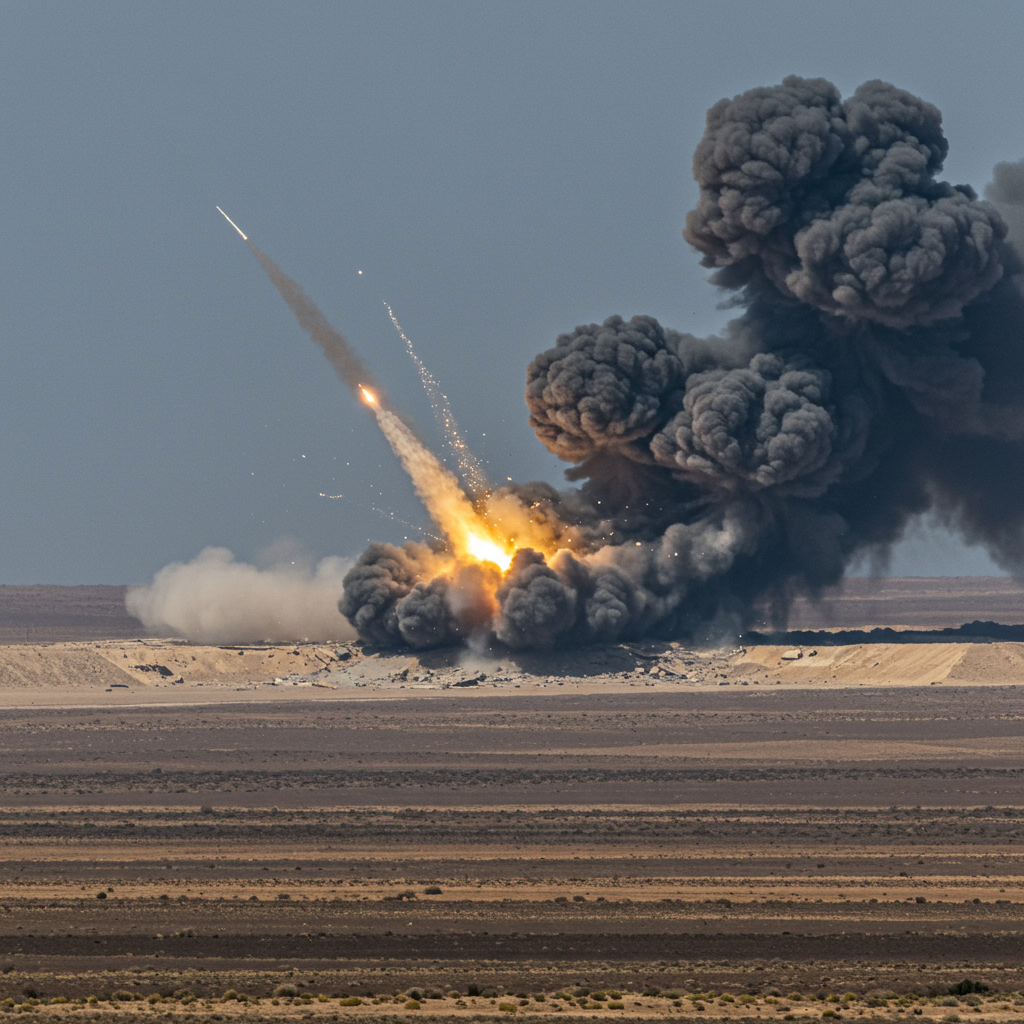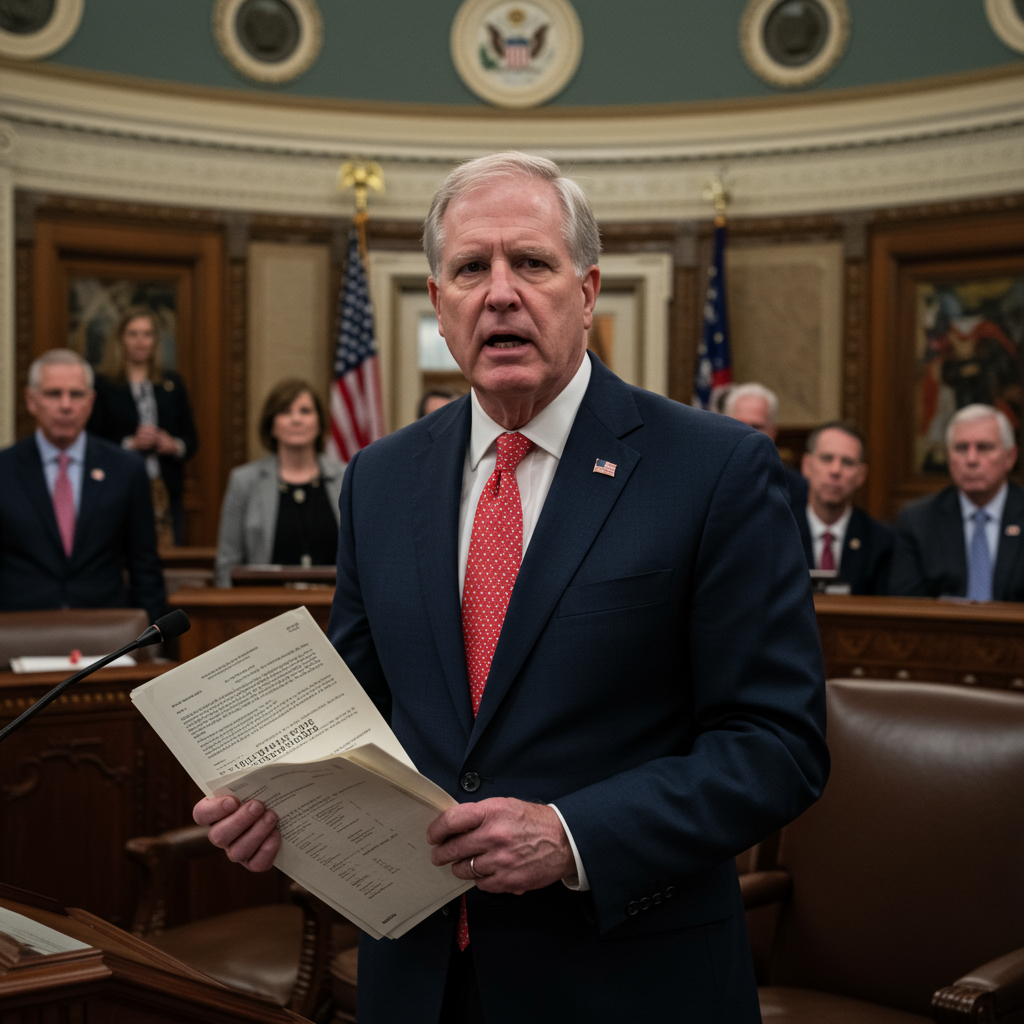In an unprecedented, highly secretive operation dubbed “Operation Midnight Hammer,” the United States military launched devastating precision strikes on key underground Iranian nuclear facilities early Sunday, June 22, 2025. The mission, years in the making and shrouded in last-minute deception, aimed to deliver what U.S. officials described as a “knockout blow” to Iran’s nuclear program, which Israel views as an existential threat.
The audacious attack involved a combined force of stealth bombers dropping massive “bunker buster” bombs and a submarine firing cruise missiles, striking targets including the deeply buried uranium enrichment plants at Fordo and Natanz, and a uranium preparation site near Isfahan. Remarkably, according to U.S. officials, Iran neither detected the incoming attack nor mounted any defense against the sophisticated American jets.
A Mission Built on Surprise and Deception
Achieving complete surprise was paramount to the operation’s success. The planning incorporated elaborate deceptive tactics designed to misdirect attention and maintain secrecy until the final moments.
Days before the strike, President Donald Trump publicly stated he would make a decision on striking Iran within two weeks, ostensibly to allow time for negotiations. U.S. officials later confirmed this was a deliberate ruse masking the imminent attack.
The deception extended to the flight plans of the B-2 Spirit stealth bombers central to the mission. While a group of B-2s flew west from Missouri as widely tracked decoys heading towards a Pacific air base, the main attack force of seven B-2s quietly flew east. These seven bombers, each carrying two formidable bunker-buster bombs, maintained minimal communication during their lengthy journey to avoid detection.
The Strike Force and its Weapons
The covert operation involved a total force of 125 aircraft, including the B-2 bombers, escorting stealth fighter jets, and vital refueling tankers. These aircraft deployed 75 precision-guided weapons against the Iranian sites.
After an 18-hour furtive flight from the U.S. heartland, requiring multiple aerial refuelings, the B-2s arrived undetected in the Eastern Mediterranean. From there, they launched their attack runs into Iran, reportedly flying over Lebanon, Syria, and Iraq.
Approximately an hour before the bombers reached their targets, a U.S. submarine in the region fired over two dozen Tomahawk cruise missiles. These missiles struck critical sites, including the uranium preparation facility near Isfahan.
As the B-2s approached, U.S. aircrews found skies empty of Iranian fighter jets or surface-to-air missiles. The bombers proceeded to unleash a total of 14 GBU-57 Massive Ordnance Penetrators, known colloquially as “bunker busters.” These 30,000-pound bombs, designed to burrow deep underground before detonating, were used in combat for the first time in this mission. The Fordo enrichment plant, buried deep within a mountain, received the bulk of the bombardment, with some bombs also hitting the Natanz facility. The aerial bombardment lasted about half an hour, concluding with the final cruise missile strikes. In total, the B-2s delivered an astonishing 420,000 pounds of explosives.
Claims, Denials, and Political Fallout
U.S. officials expressed confidence that the “precision strike” had “devastated the Iranian nuclear program,” though acknowledging assessments were ongoing. Joint Chiefs of Staff Chairman Gen. Dan Caine highlighted the historic nature of the mission, noting it was the largest B-2 operational strike and the second longest B-2 mission in U.S. history. It was also revealed that a female pilot was among the B-2 crews.
Iran quickly denied that any significant damage had occurred at its nuclear sites and vowed swift retaliation. The International Atomic Energy Agency (IAEA), along with Iran’s Atomic Energy Organization, later reported no immediate signs of off-site radioactive contamination around the targeted facilities.
The U.S. intervention followed nine days of prior Israeli attacks aimed at debilitating Iran’s military leadership and air defenses. Israeli Prime Minister Benjamin Netanyahu praised the U.S. decision as “bold” and world-changing, noting Israel had appealed for the unique GBU-57 capability needed for deeply buried targets like Fordo.
The decision by the Trump administration to launch the strikes without broad congressional consultation ignited immediate political controversy in the U.S. While Republican leaders largely supported the action, arguing presidential authority and imminent danger justified the speed, Democratic leaders sharply criticized the lack of prior briefing, with some calling it “unconstitutional.” The “Gang of Eight,” typically briefed on sensitive intelligence operations, was reportedly not notified in advance. This partisan approach to briefings risked deepening divisions in an already split Congress and led to proposals for War Powers Resolutions aimed at reasserting congressional authority over military action against Iran.
Internationally, the strike was condemned by Iran, whose foreign minister warned of “everlasting consequences.” Iran’s UN Ambassador requested an emergency Security Council meeting, labeling the attacks “heinous and illegal.” The UN Secretary-General expressed grave alarm at the “dangerous escalation,” warning of “catastrophic consequences” if the conflict spirals out of control. Adding to the tensions, Iranian-backed Houthi rebels in Yemen threatened to resume attacks on U.S. vessels in the Red Sea.
Despite the dramatic action, U.S. officials, including Vice President JD Vance, clarified that the United States is “not at war with Iran” but rather “at war with Iran’s nuclear program.” The high-stakes operation represents a significant pivot in U.S. policy and carries substantial risks of regional escalation.




